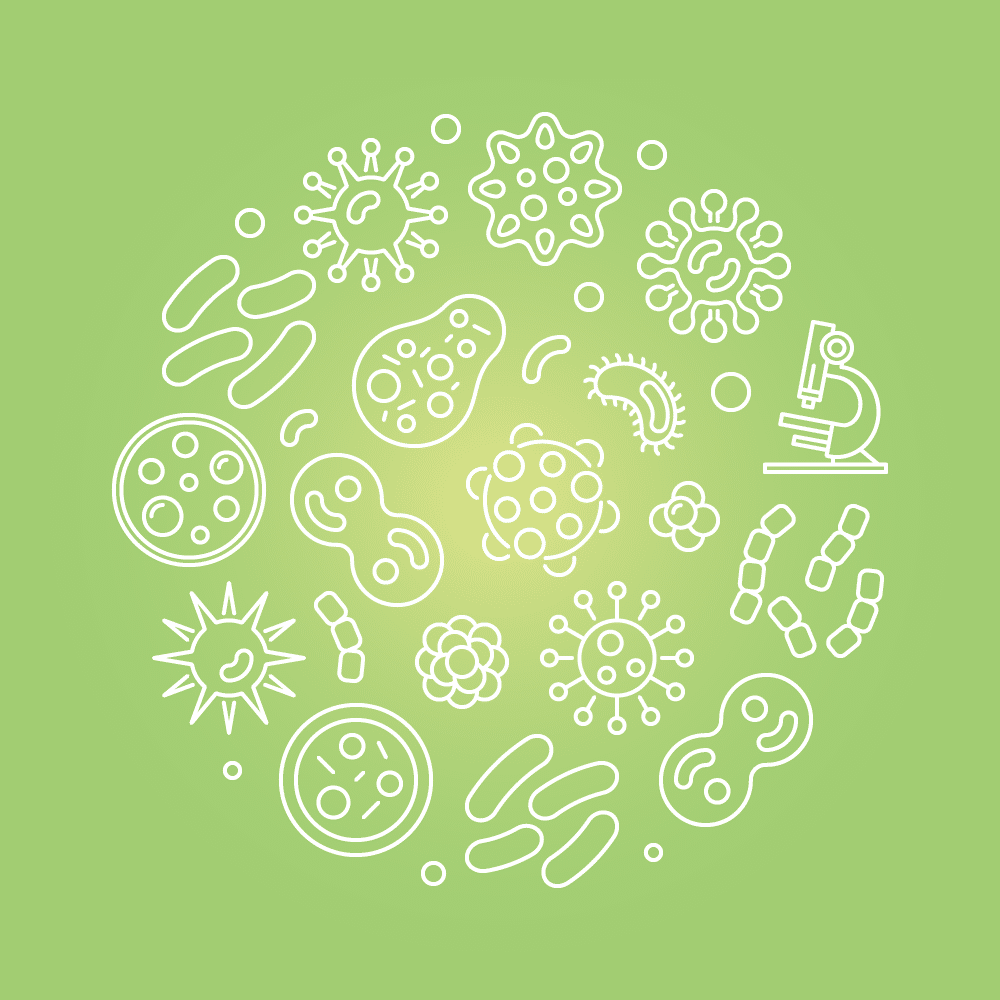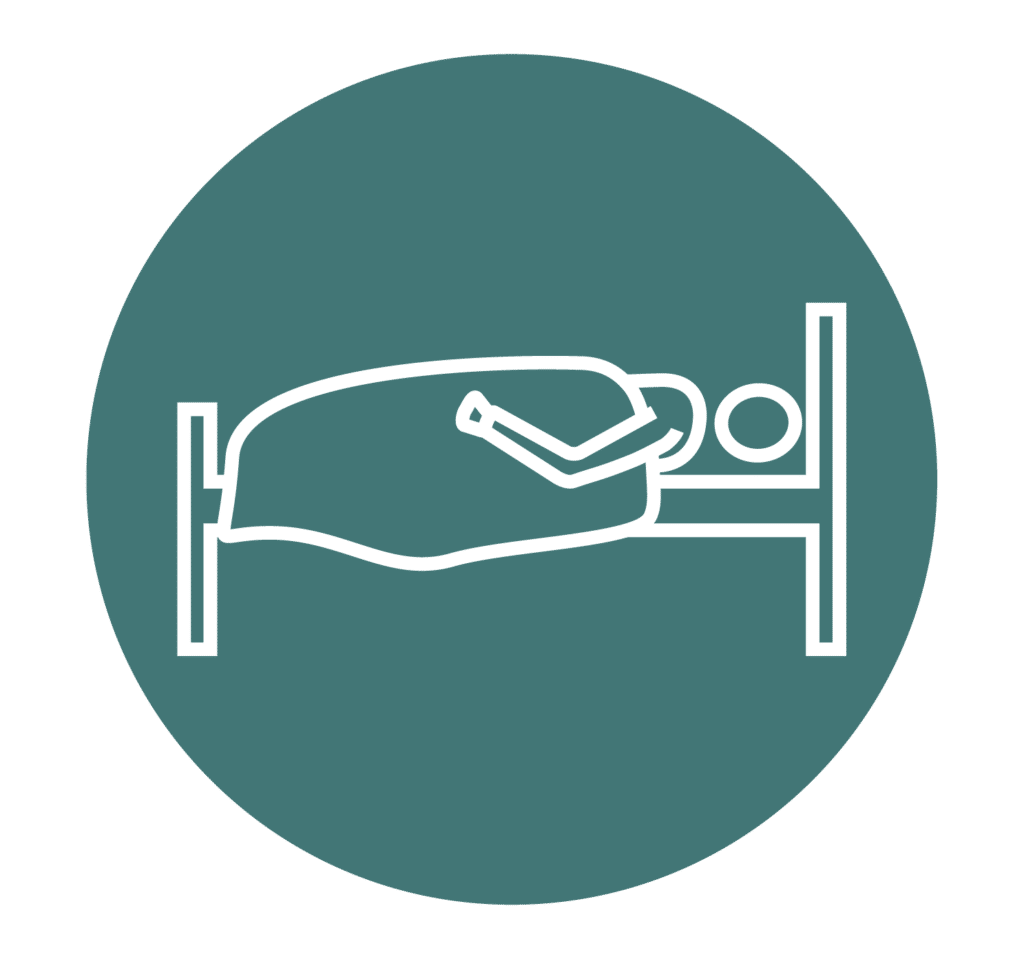In a perfect world, we wouldn’t need to be called in to decontaminate viruses. Unfortunately, the origin of viruses is obscure; some believe they may be older than the human race itself. We don’t fully understand them yet. One thing we can do is understand the difference between cold and flu (influenza) viruses.
Both diseases are viral (rather than bacterial or fungal), and both will make you feel crummy. The flu is far more dangerous than the common cold. As of now, it is not possible to totally eradicate influenza. What we can do in the meantime is educate one another and attempt to stop the annual spread of the disease.
We’ll discuss the difference between Cold And Flu, typical symptoms, and how to know when you need a professional infectious disease decontamination service like ours.
(Please note, this blog is meant to be educational and entertaining. We are not offering any medical advice. If you feel unwell for more than a few days, please contact your doctor.)
The Difference Between Cold And Flu
Let’s go over both viruses and learn about the Difference Between Cold And Flu.
About the Influenza Virus

According to the Centers for Disease Control & Prevention (CDC) website, there are two primary types of flu virus which affect humans: types A and B. These two common viruses cause “flu season” and flu outbreaks among humans every year.
CDC estimates the flu to cause 9.3 million – 49.0 million illnesses, 140,000 – 960,000 hospitalizations, and between 12,000 – 79,000 deaths annually in the US. That’s why it’s imperative for large organizations like hospitals, churches, and schools to have a professional decontamination service after an outbreak. The influenza virus is deadly!
Flu facts you should know:
- The flu virus can be carried and transmitted by other animals like chickens, ducks, pigs and horses.
- Changes in the A strains cause rapidly growing flu epidemics among humans.
- Antibiotics will not treat the flu OR a common cold; they only treat bacterial infection.
No Medication Will “Cure” the Flu or Cold at this Time
Let us reiterate that, there is no medication that will cure either a common cold or a flu illness. Yes, you can medicate yourself to feel better and reduce symptoms. You should also stay hydrated and try to rest as much as possible. New medications are being developed which allegedly shortens the period of sickness with the flu, but…
The most important thing to do when you have a flu is to stay home and not spread the disease.
Influenza is spread largely through direct human contact and contact with infected surfaces; which makes surface decontamination so important.
Flu vs Cold Symptoms
Common Flu Symptoms
- Abrupt onset – you’ll start feeling sick rather suddenly.
- Fever
- Muscle aches and soreness.
- Chills – you’ll feel chilled and possibly shiver, even though your body is hot.
- Fatigue
- Upper respiratory symptoms: sneezing, coughing, sore throat, etc.
- Chest discomfort
- Headaches
Common Cold Symptoms
- Gradual onset – you’ll feel like you’re “fighting something” for a few days.
- Fever is rare, often milder than the flu.
- Aches are slight.
- You probably won’t experience chills.
- Upper respiratory symptoms are standard with a cold.
- You probably won’t have a headache.
Rarer, but not unheard-of cold symptoms include pink eye, extreme fatigue, and loss of appetite.
About the Common Cold Virus

In medical circles, a cold may also be called acute viral rhinopharyngitis or acute coryza. As per Medical News Today magazine, “there are more than 200 viruses that cause the common cold, the human body can never build up resistance to all of them. This is why colds are so common and often return.”
Per the CDC, adults in the US get around 2–3 colds per year and children may have up to 12 colds every year!
Colds, like cases of the flu, are incredibly contagious. They can both be spread by air droplets from infected coughs and sneezes and by touching infected surfaces.
Interesting Common Cold Facts:
- Roughly 25% of people will experience no symptoms when they have a cold.
- Rhinoviruses are responsible for about half of all common colds in the US.
- People with asthma or other lung conditions are more susceptible to the common cold.
Secondary Infections
Any time your immune system is compromised with an illness, you run the risk of picking up secondary infections. Both the flu and colds can open the door to a secondary infection like ear infections, sinus infections and the like. Often these are bacterial infections that may require antibiotics.
Secondary infections can be quite severe, and even life-threatening, as in the case of pneumonia.
About Pneumonia
- Pneumonia is a symptom, not a disease.
Pneumonia is defined as fluid in the lungs. It can be caused by a virus, a fungus, bacteria or even inhalation (aspiration) of food or water. Both influenza and common cold viruses can ultimately lead to secondary infections, which result in pneumonia.
What About Vaccines for Colds and the Flu?
At this time, there is no vaccine that prevents the common cold. Some strains of viral pneumonia can be prevented with a vaccine, but there is no vaccine against bacterial or fungal pneumonia.
Regarding the “Flu Shot” – the CDC suggests that everyone get a flu shot if possible. They claim adults who are vaccinated reduce their risk of flu by about 60%. However, the flu virus does mutate, so the flu shot cannot possibly protect against every future mutation.
One definite risk factor of the flu is age. As we get older our immune systems age too. Flu vaccinations become less effective, yet also more important for older adults. Recent studies show that flu vaccinations can reduce the length and significance of a flu infection, and reduce secondary infection rates somewhere between 30% to 70%.
Infectious Disease Decontamination with Bio Recovery
One of the services we’re most proud of at Bio Recovery is superbug decontamination. When an outbreak of the flu hammers your office, school, or organization, infectious disease decontamination can be the mitigating factor that lets your students get back to school or your employees back to work as soon as possible.
Learning the difference between cold and flu symptoms is vital in determining whether a cleanup crew is needed to decontaminate the area. If you are unsure, do not hesitate to reach out for a free evaluation.
Did you know infectious disease may be the number one cause of death in the world? When an outbreak strikes your place of education, work, residence, worship, or even first responder service, Bio Recovery is just a phone call away.
Contact us 24 hours a day at 1-888-752-5001. Infectious disease decontamination is our specialty, and we will work hard to get your organization back to operating status ASAP.
